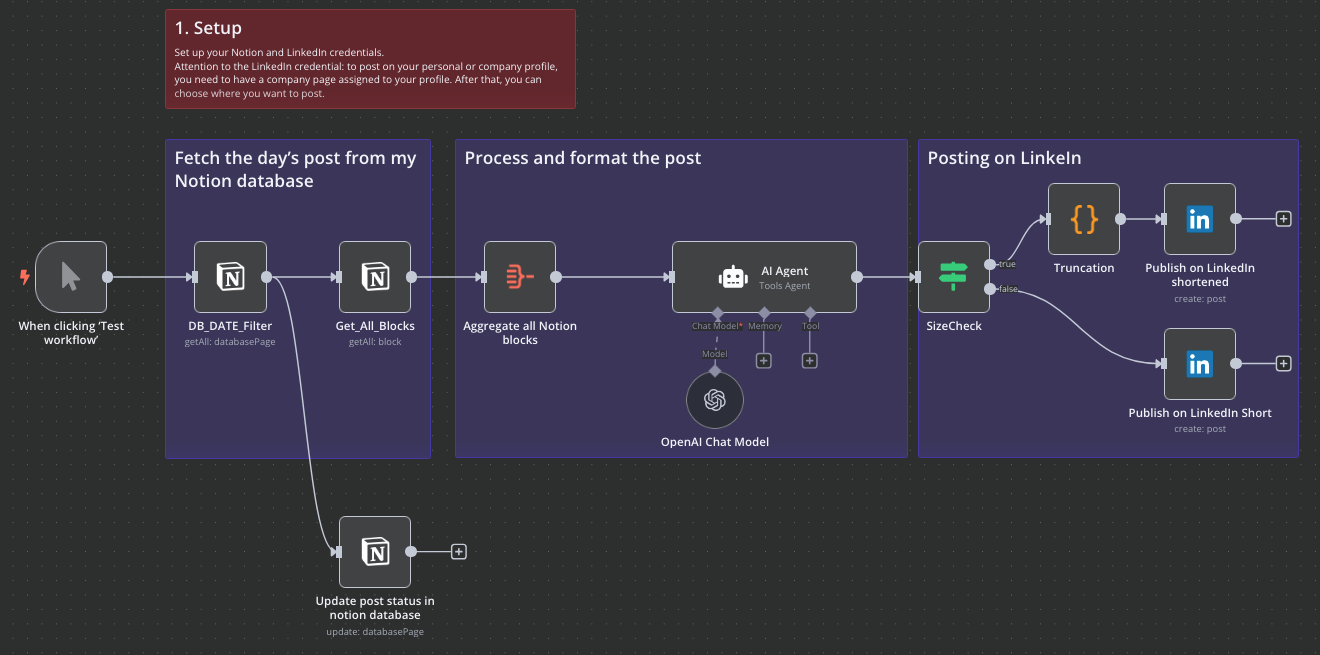


We are standing at the precipice of a
transformative digital epoch: Web 4.0. While Web 3.0 introduced semantic
understanding, decentralization, and blockchain technologies, Web 4.0
transcends these advancements by integrating artificial intelligence (AI) as a
co-pilot in human endeavors. This new era is defined by intelligent systems
that think, act, and communicate autonomously, yet remain deeply intertwined
with human intuition and decision-making. At its core, Web 4.0 is not about
replacing humans but augmenting our capabilities—ushering in a future where
AI-driven ecosystems optimize workflows, enhance creativity, and redefine
productivity across industries.
Web 4.0 represents a paradigm shift in how we interact with technology. It’s no longer about humans adapting to systems; it’s about systems adapting to humans. This era is characterized by seamless integration, real-time intelligence, and a focus on human-AI collaboration. As we step into this new age, businesses, educational institutions, and individuals alike are poised to experience unprecedented levels of efficiency, innovation, and empowerment.
Defining Web 4.0: Key Characteristics
Web 4.0 is marked by several transformative pillars that
distinguish it from its predecessors:
1.
Human-AI Symbiosis: Humans remain central to decision-making,
but AI handles complex data analysis, predictive modeling, and execution. This
partnership enables smarter, faster decisions while preserving the
irreplaceable value of human intuition and creativity.
2. Real-Time,
Contextual Intelligence: Systems process vast amounts of
data instantaneously, delivering actionable insights that adapt to dynamic
environments. Whether it’s predicting market trends or optimizing supply
chains, Web 4.0 thrives on immediacy and relevance.
3. Seamless Multi-Channel Interaction: Communication occurs through familiar platforms like WhatsApp, Telegram, and SMS, eliminating the need for specialized training or interfaces. This accessibility democratizes advanced technology, making it available to everyone, regardless of technical expertise.
4. Autonomous yet Collaborative Systems: Web 4.0 systems are designed to operate independently but remain deeply collaborative. They learn from human behavior, adapt to individual preferences, and provide support without disrupting workflows.
Unlike previous iterations of the web, Web 4.0 isn’t defined by a single technology. Instead, it’s the fusion of AI, IoT, predictive analytics, and automation into a cohesive, intuitive layer that permeates every aspect of daily operations.
Web 4.0
in Action: Transforming Business Operations
Companies are already leveraging AI open-source automation tools
like n8n to create intelligent AI agents that streamline business operations.
These agents integrate finance, HR, operations, and more into a single
automated workflow, delivering real-time insights directly to decision-makers
via messaging apps like WhatsApp and Telegram.
For example, imagine a master AI agent that connects all company
systems, providing CEOs with a unified dashboard of their organization’s
health. This agent can:
·
Monitor financial performance in real-time.
·
Predict operational bottlenecks before they occur.
·
Provide personalized recommendations to employees based on their
work patterns.
This system exemplifies Web 4.0’s promise:
·
Unified Intelligence: Siloed departments converge into a
holistic dashboard, enabling executives to grasp company health at a
glance.
·
Adaptive Employee Engagement: The AI studies individual work
patterns, offering personalized support to enhance performance and streamline
workflows.
· Zero-Training Accessibility: Employees interact naturally through existing apps, democratizing access to advanced tools.
AI Agents
and Their Impact on Ujuzii (An LMS System)
Educational platforms like Ujuzii, a learning management system
(LMS) connecting instructors and students, stand to gain immensely from Web
4.0. AI agents built using open-source automation frameworks like n8n can
revolutionize educational platforms in several ways:
1. Personalized
Learning Paths: AI can analyze student performance and behavior to
recommend tailored course content, ensuring an optimal learning experience. For
instance, if a student struggles with a particular concept, the AI can suggest
additional resources or adjust the difficulty level.
2. Automated Administrative Workflows: AI-driven automation can manage instructor onboarding, student enrollments, and feedback collection, reducing administrative overhead. This allows educators to focus on teaching rather than paperwork.
3. Instant
Student Support: AI chatbots integrated into WhatsApp and Telegram can provide
real-time assistance, resolving queries and guiding learners through course
material. This ensures that students receive help whenever they need it,
without delays.
4. AI-Powered
Analytics: Real-time data insights on student engagement and progress
allow institutions to refine their course offerings dynamically. For example,
if a particular module has low engagement, the AI can flag it for review and
suggest improvements.
By leveraging AI agents, Ujuzii can create a highly intuitive,
responsive learning environment, enhancing both student and instructor
experiences. This not only improves educational outcomes but also positions
Ujuzii as a leader in the future of learning.
The Human
Element: Empowerment Through AI
Critically, Web 4.0 doesn’t displace humans—it elevates them. By
automating routine tasks and surfacing actionable insights, employees and
educators can focus on strategic, creative, and interpersonal priorities.
AI-driven agents optimize coordination, allowing teams to innovate rather than
juggle data. This shift fosters a culture where technology amplifies human
potential, nurturing faster decision-making and data-driven
leadership.
For example, in a corporate setting, AI can handle repetitive
tasks like data entry, scheduling, and reporting, freeing up employees to focus
on brainstorming, problem-solving, and building relationships. Similarly, in
education, AI can take over administrative tasks, allowing instructors to
dedicate more time to teaching and mentoring.
Impact on Workplaces: AI as an Indispensable Partner
As businesses embrace Web 4.0, AI agents will redefine
traditional work environments in several ways:
1. Efficiency
& Productivity: AI-driven automation minimizes repetitive tasks, allowing
employees to dedicate more time to high-value activities. For instance, an AI
agent can analyze sales data and generate reports, enabling sales teams to
focus on closing deals.
2. Enhanced Decision-Making: Predictive analytics provide real-time insights, enabling leaders to make data-driven choices confidently. For example, an AI agent can forecast market trends and recommend strategic adjustments.
3. Remote and Hybrid Work Enablement: AI-powered assistants facilitate seamless collaboration across time zones, ensuring businesses remain agile and connected. This is particularly valuable in a post-pandemic world where remote work is increasingly common.
4. Reduced Learning Curves: AI agents embedded within widely used communication platforms mean employees can leverage advanced tools without extensive training. This lowers barriers to adoption and ensures widespread accessibility.
Challenges
and Considerations
Despite its promise, Web 4.0 raises important considerations
that must be addressed:
1. Security: As
systems rely on everyday platforms, robust encryption, and access controls are
non-negotiable. Companies must ensure that sensitive data remains protected,
even when transmitted through messaging apps.
2. Ethical
AI: Ensuring transparency and fairness in AI-driven decisions
remains paramount. Organizations must prioritize ethical AI practices to avoid
biases and ensure accountability.
3. Workforce
Adaptation: While “no training” lowers barriers, organizations must
cultivate trust in AI recommendations. Employees need to understand how AI
works and feel confident in its decisions.
4. Data Privacy: With AI systems collecting and analyzing vast amounts of data, privacy concerns are inevitable. Companies must implement strict data governance policies to protect user information.
Conclusion: Embracing the Intelligent Future
Web 4.0 heralds a world where intelligence is ambient,
accessible, and intuitive. Open-source automation tools like n8n illustrate how
AI can become an invisible yet indispensable partner, transforming workflows
and redefining productivity. As industries adopt these systems, the focus
shifts from mere efficiency to fostering innovation, agility, and human-centric
growth.
The future of work isn’t on the horizon—it’s here. And with Web
4.0, it’s intelligent, adaptive, and profoundly collaborative. The question is
no longer if we’ll adapt, but how swiftly we’ll harness this revolution to
thrive in an ever-evolving world.
By embracing Web 4.0, businesses, educational institutions, and
individuals can unlock new levels of potential, creating a future where
technology and humanity work hand in hand to achieve extraordinary outcomes.
The intelligent era is here—and its time to seize its limitless
possibilities.
0 comments